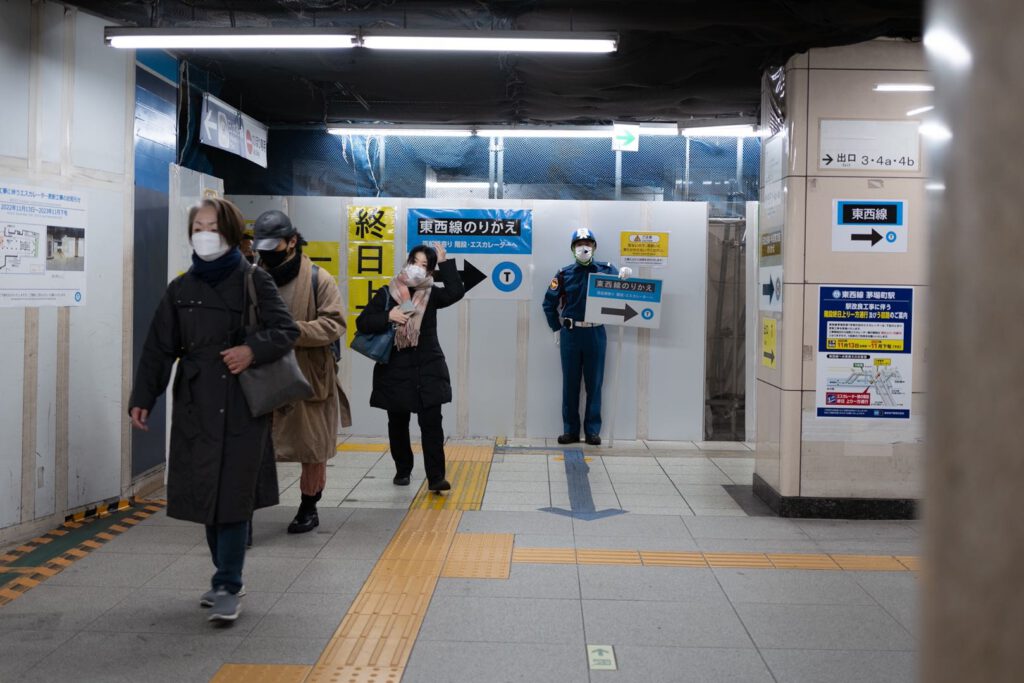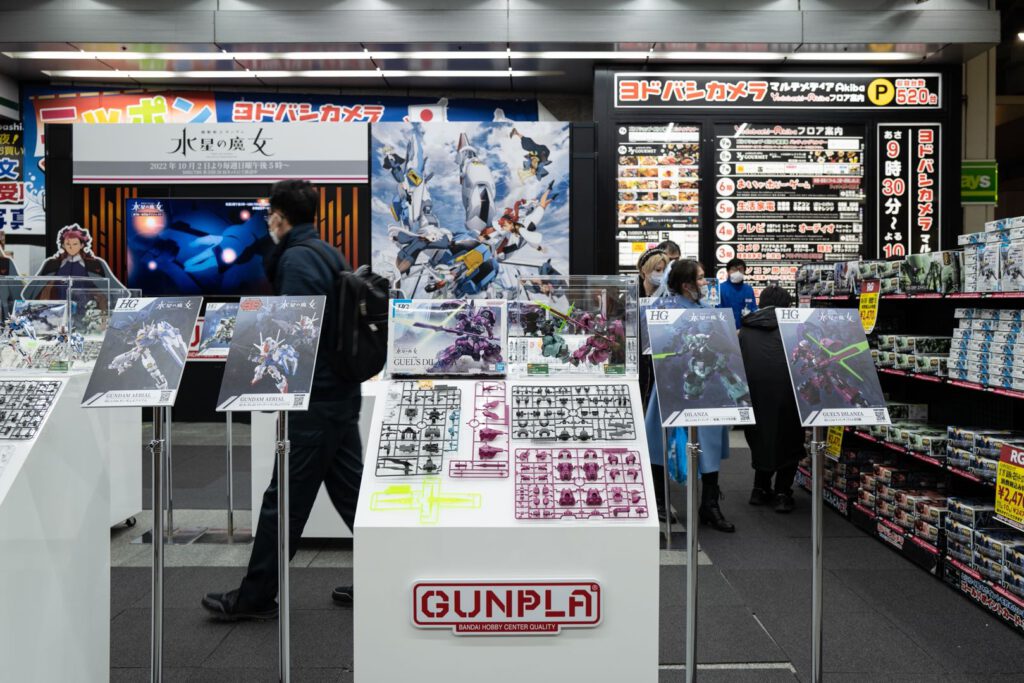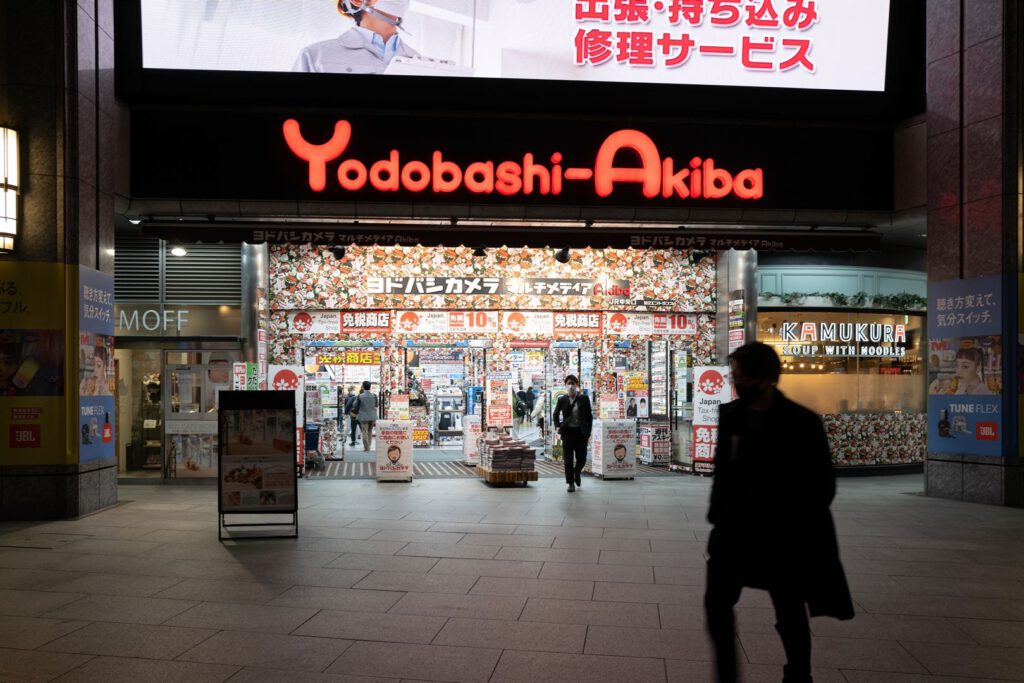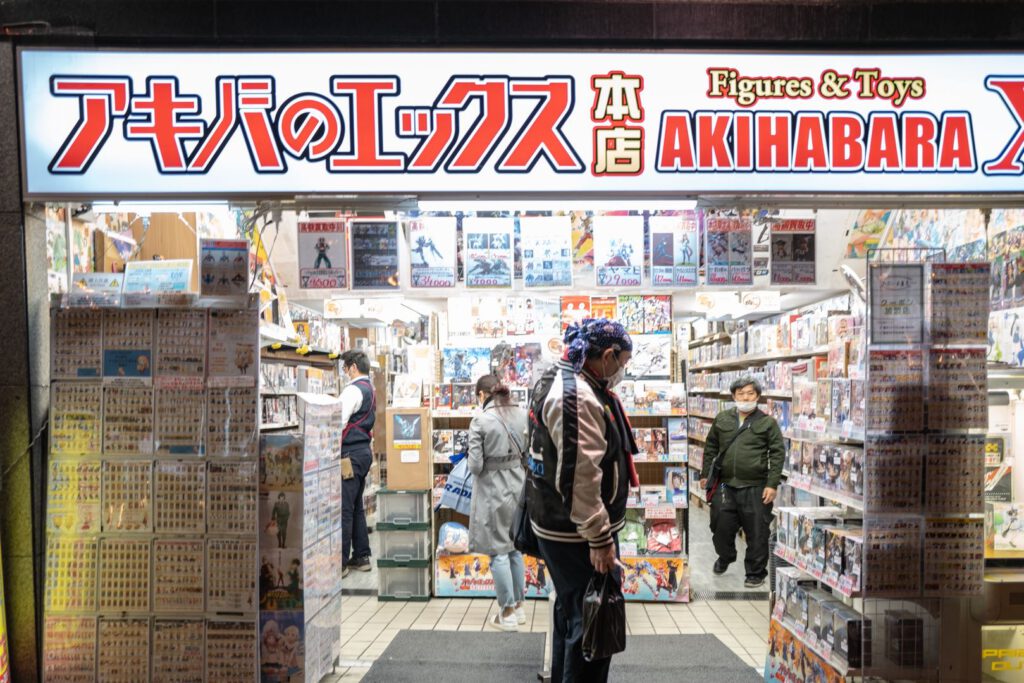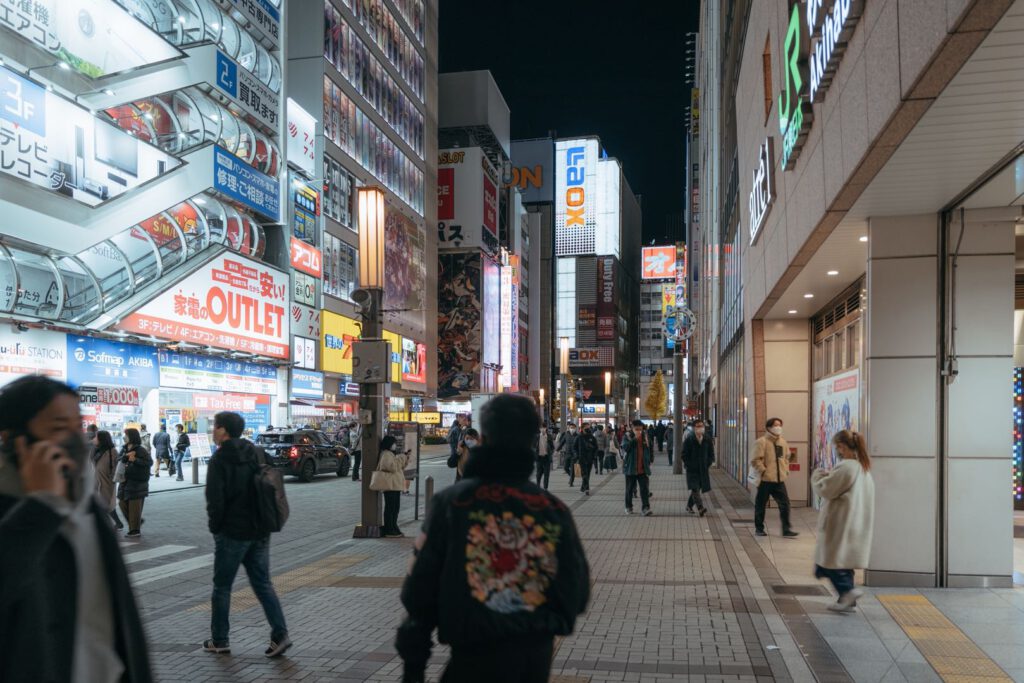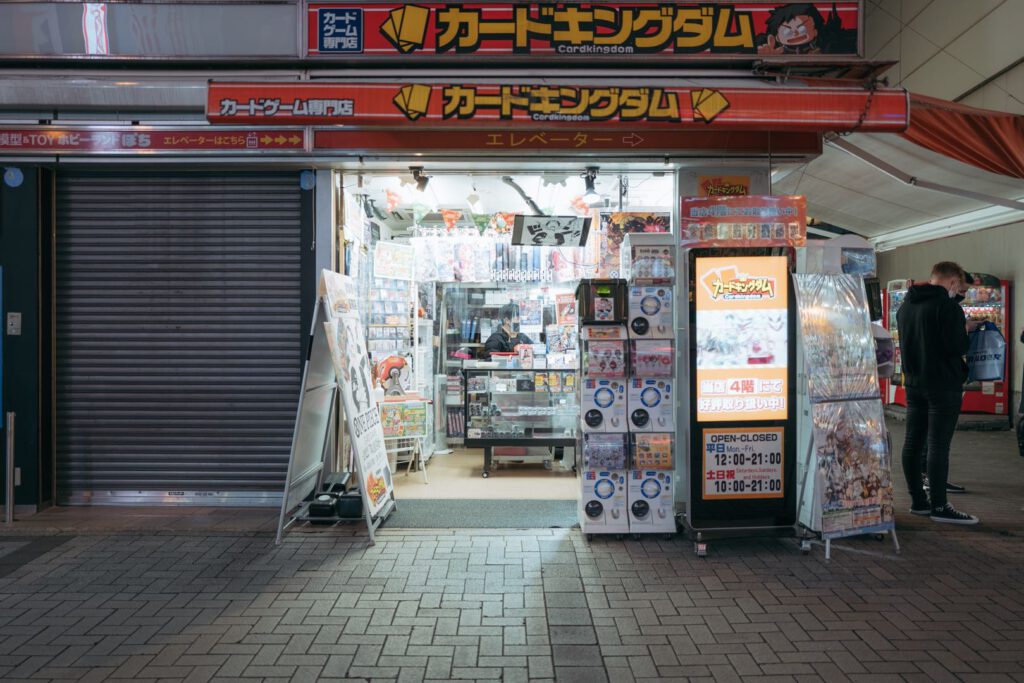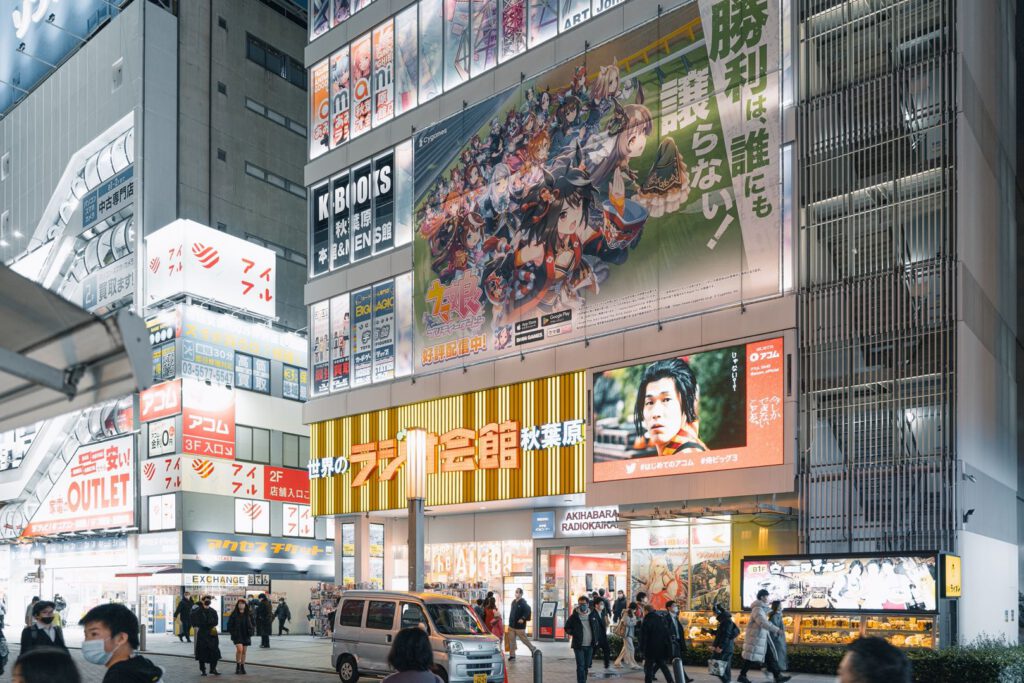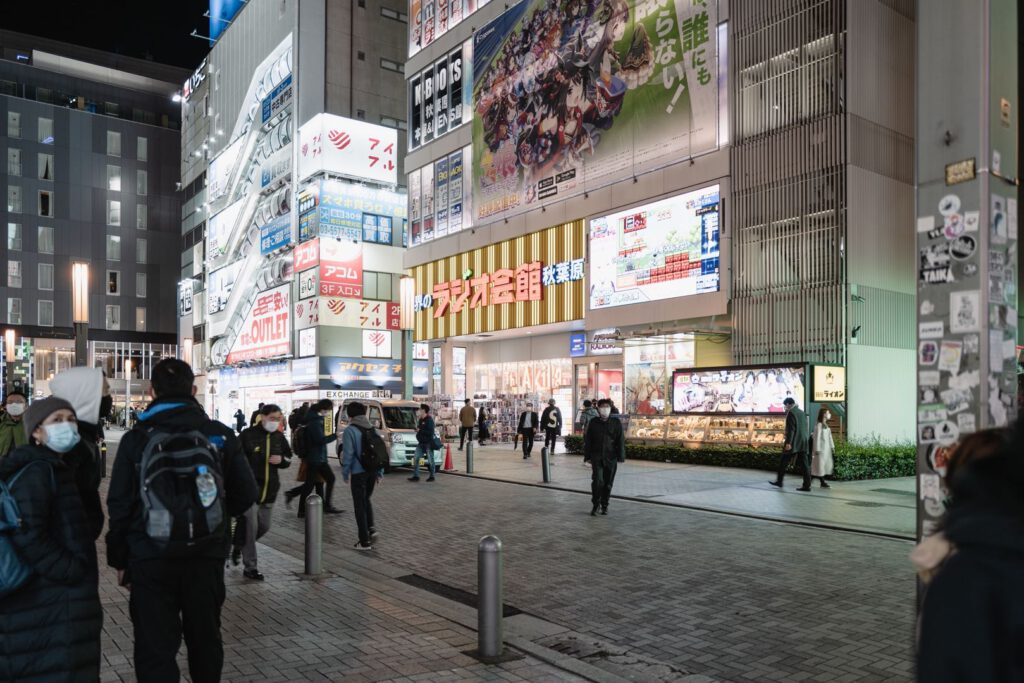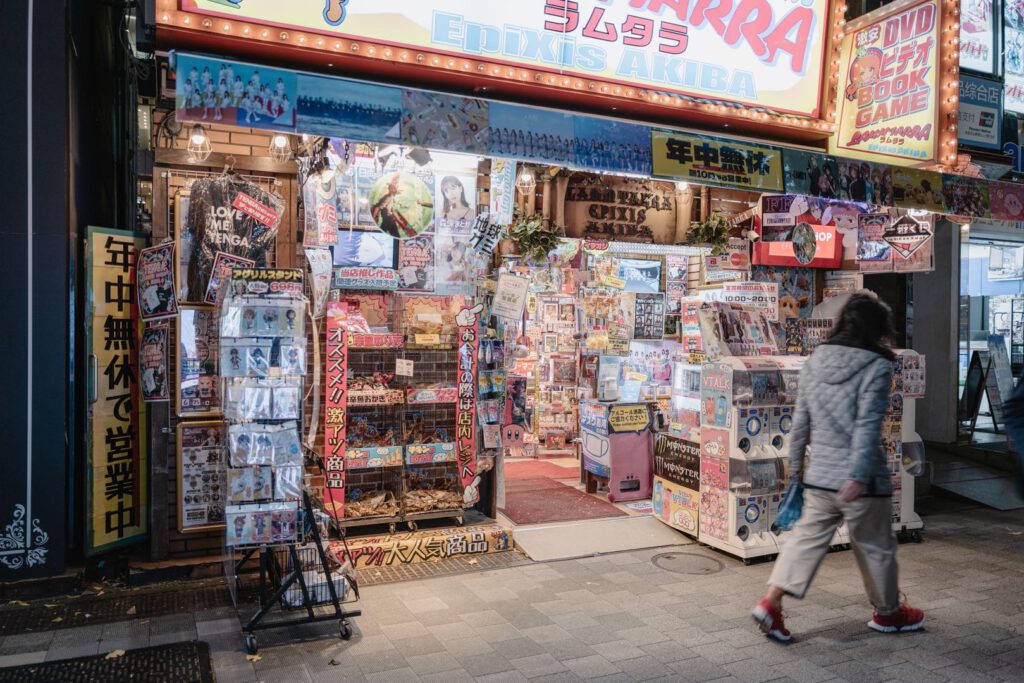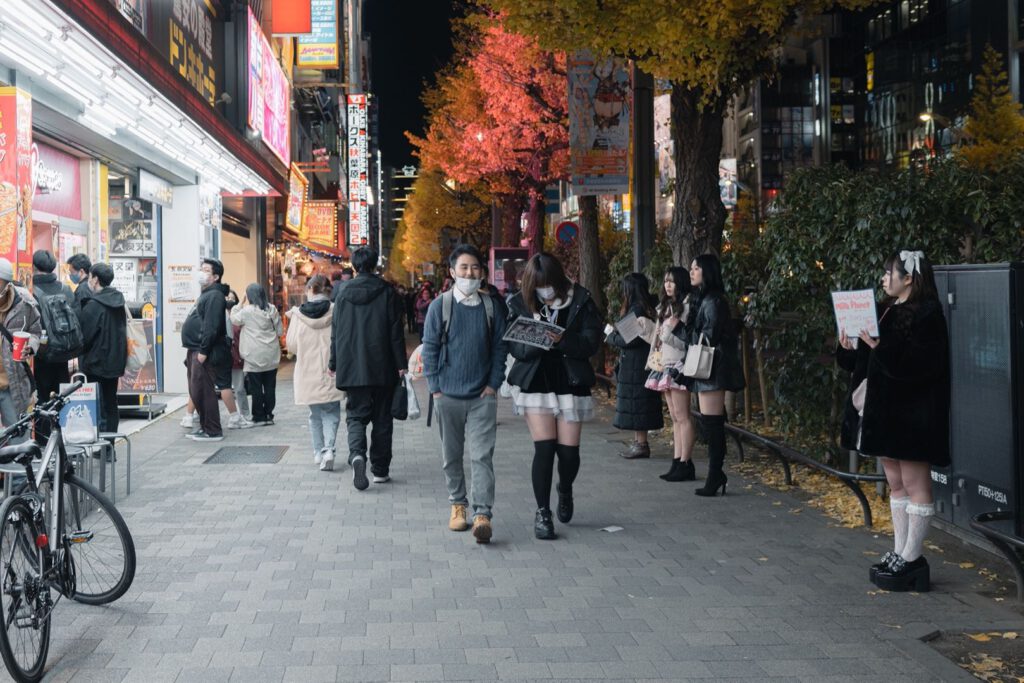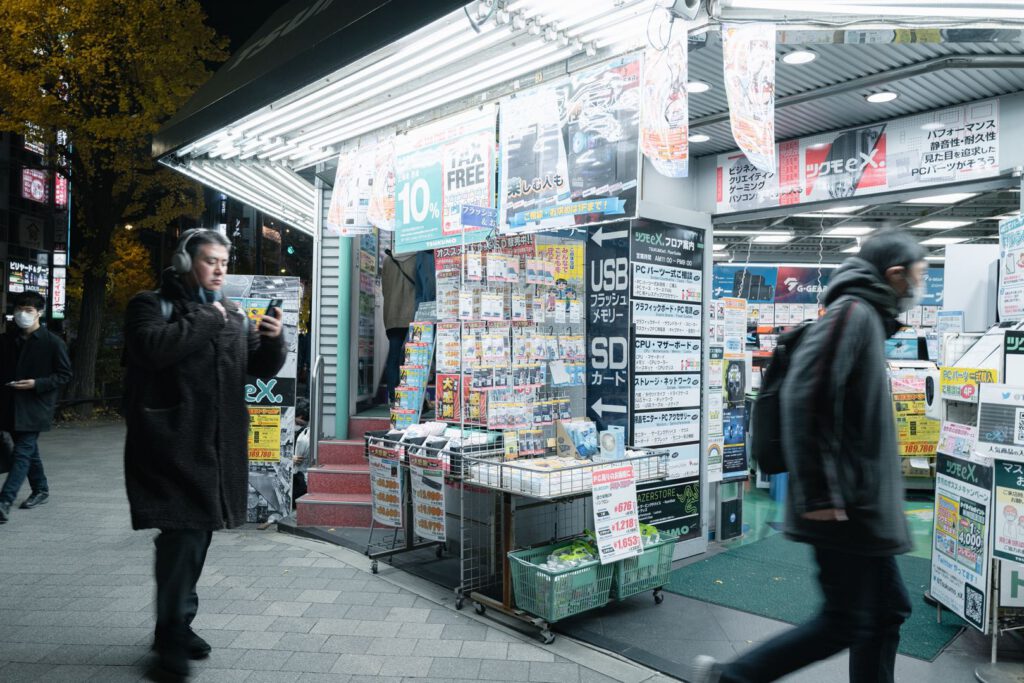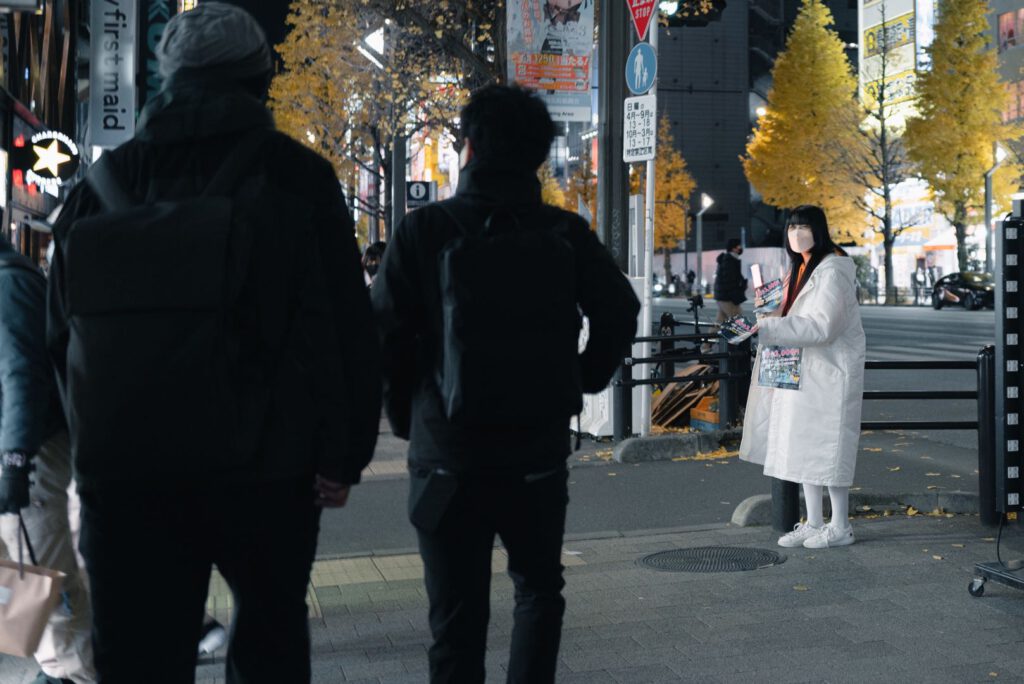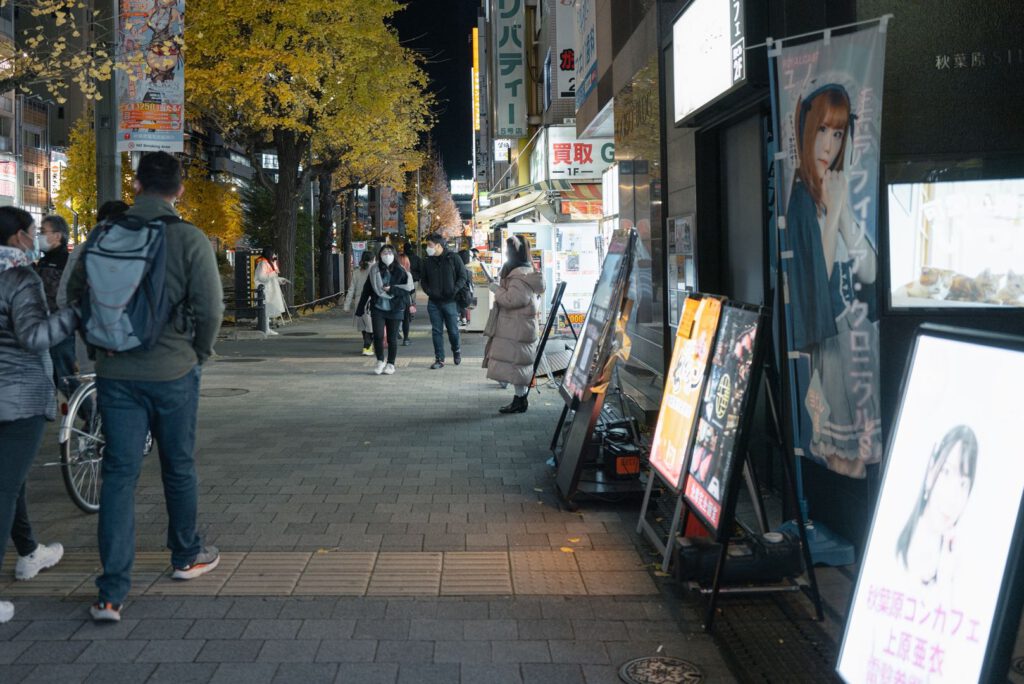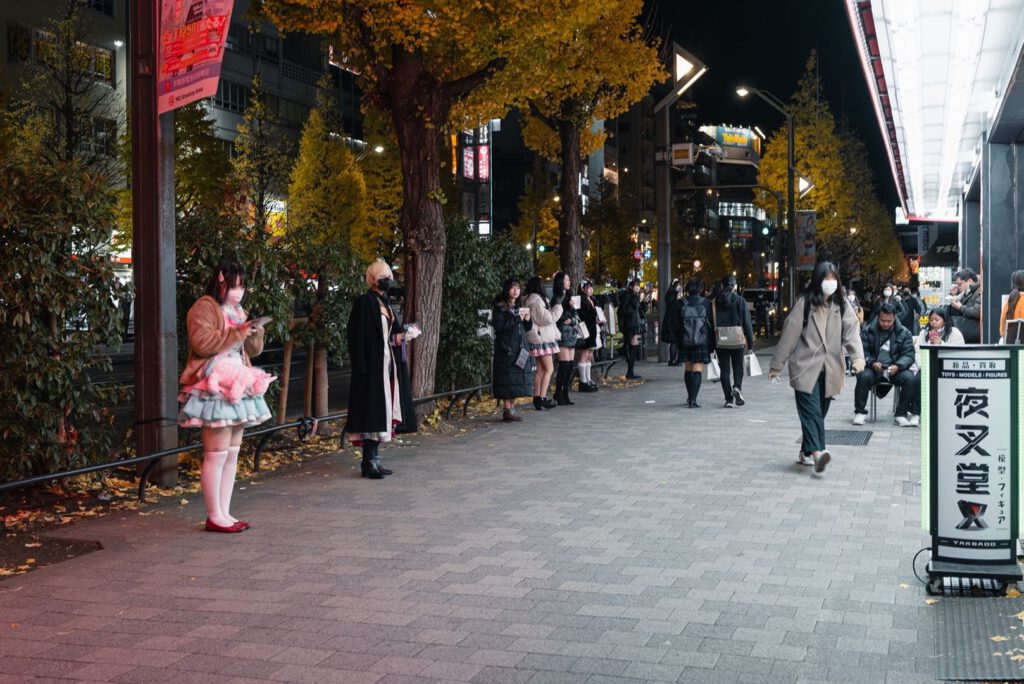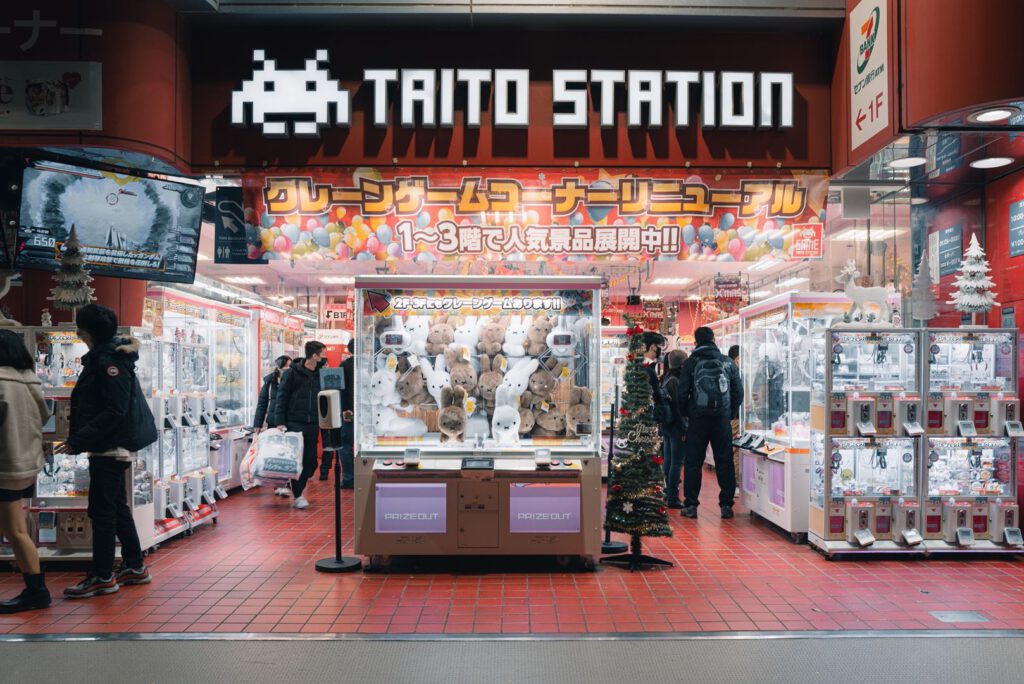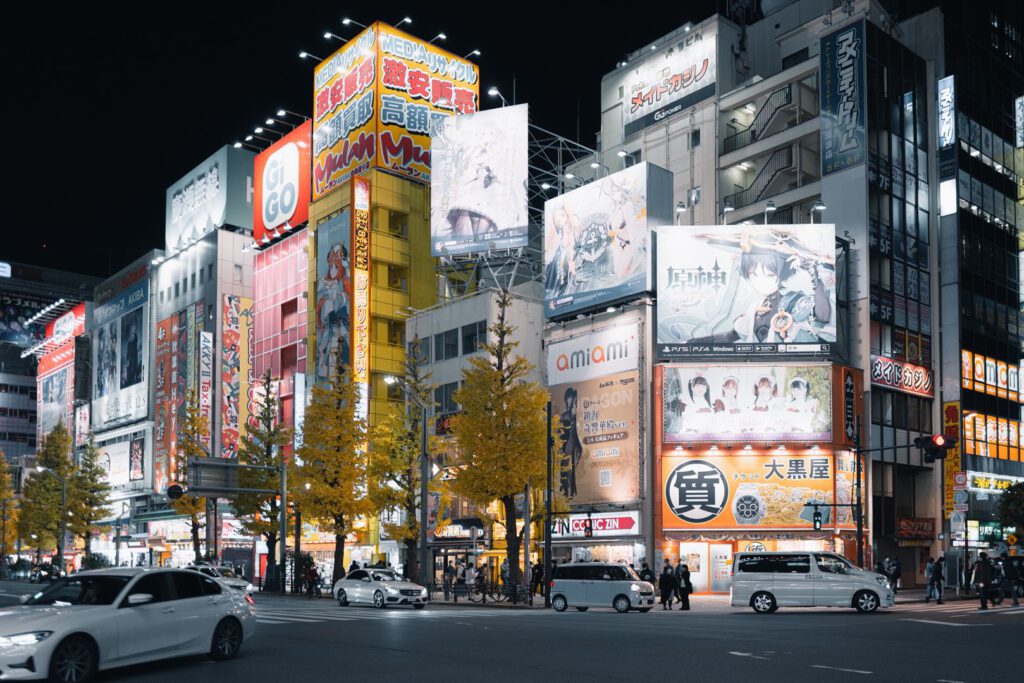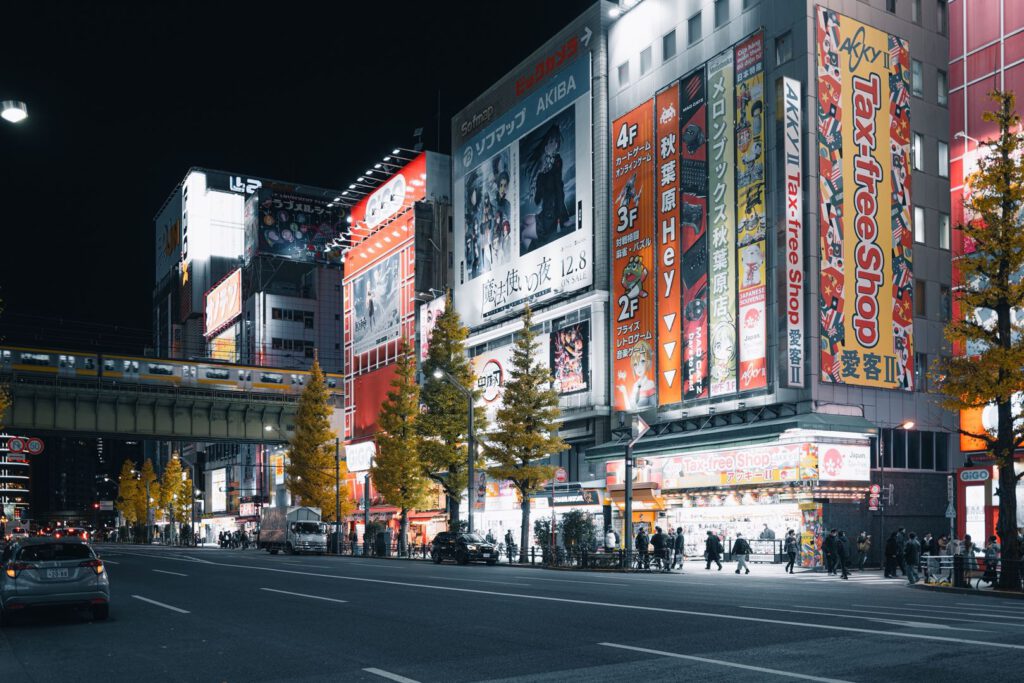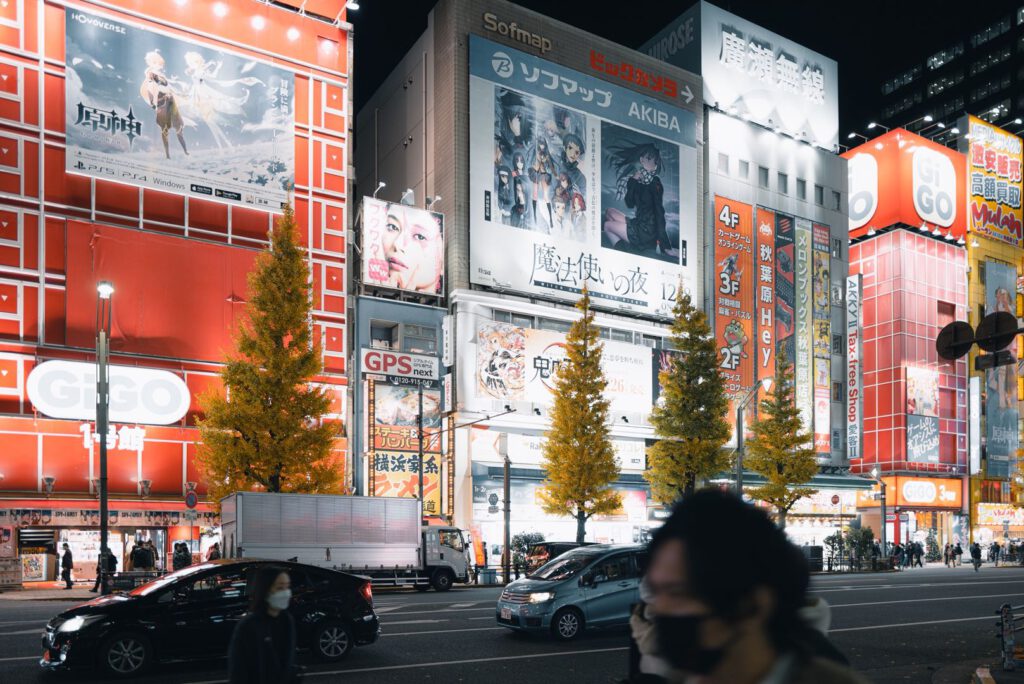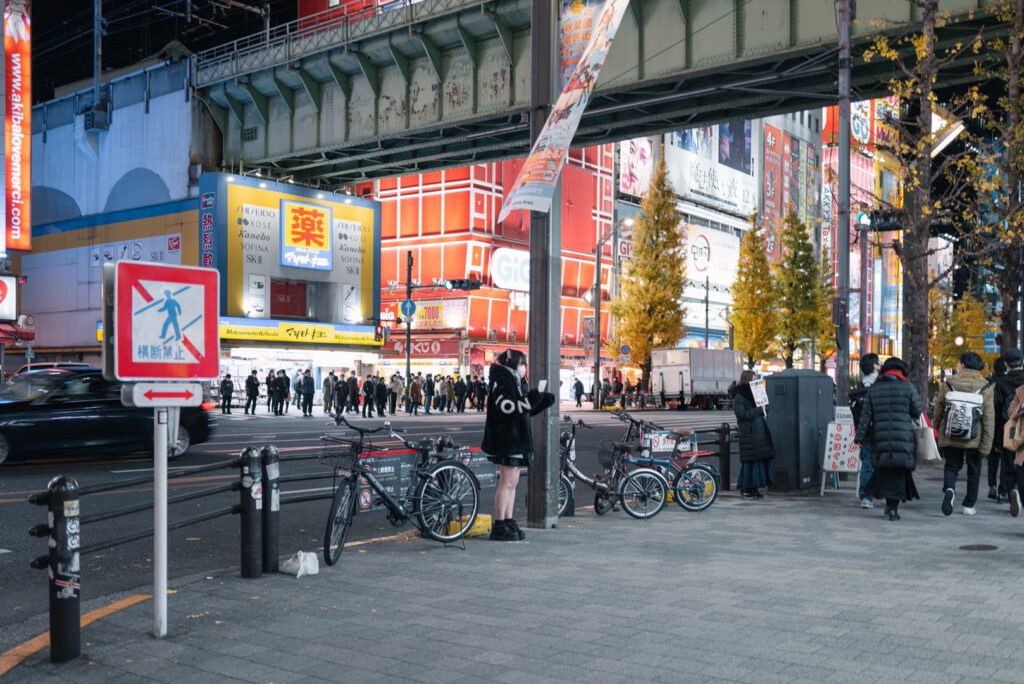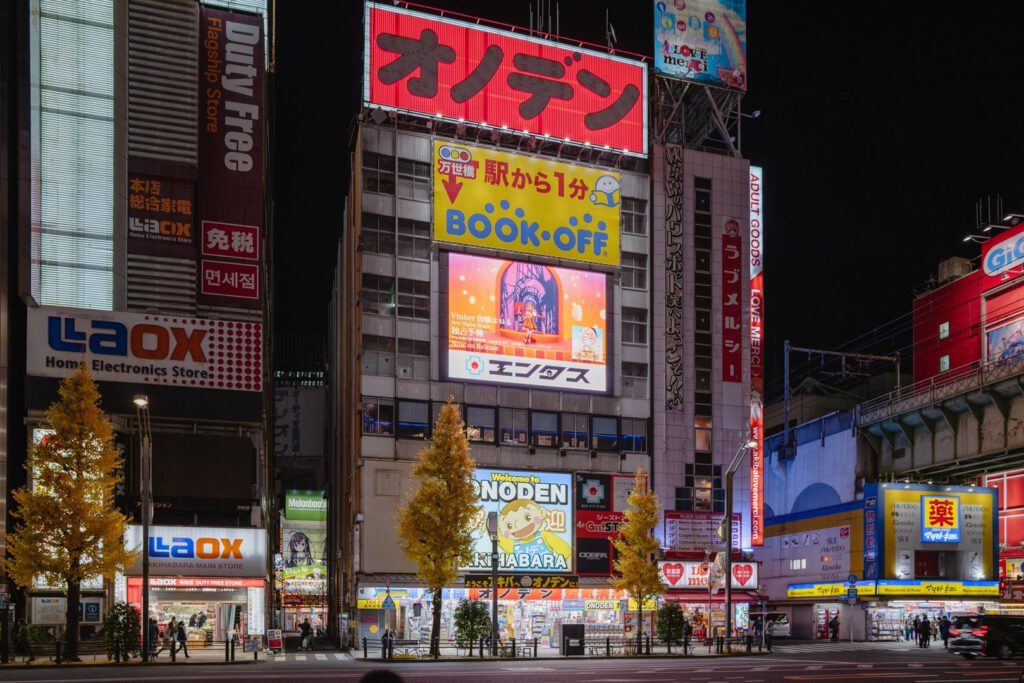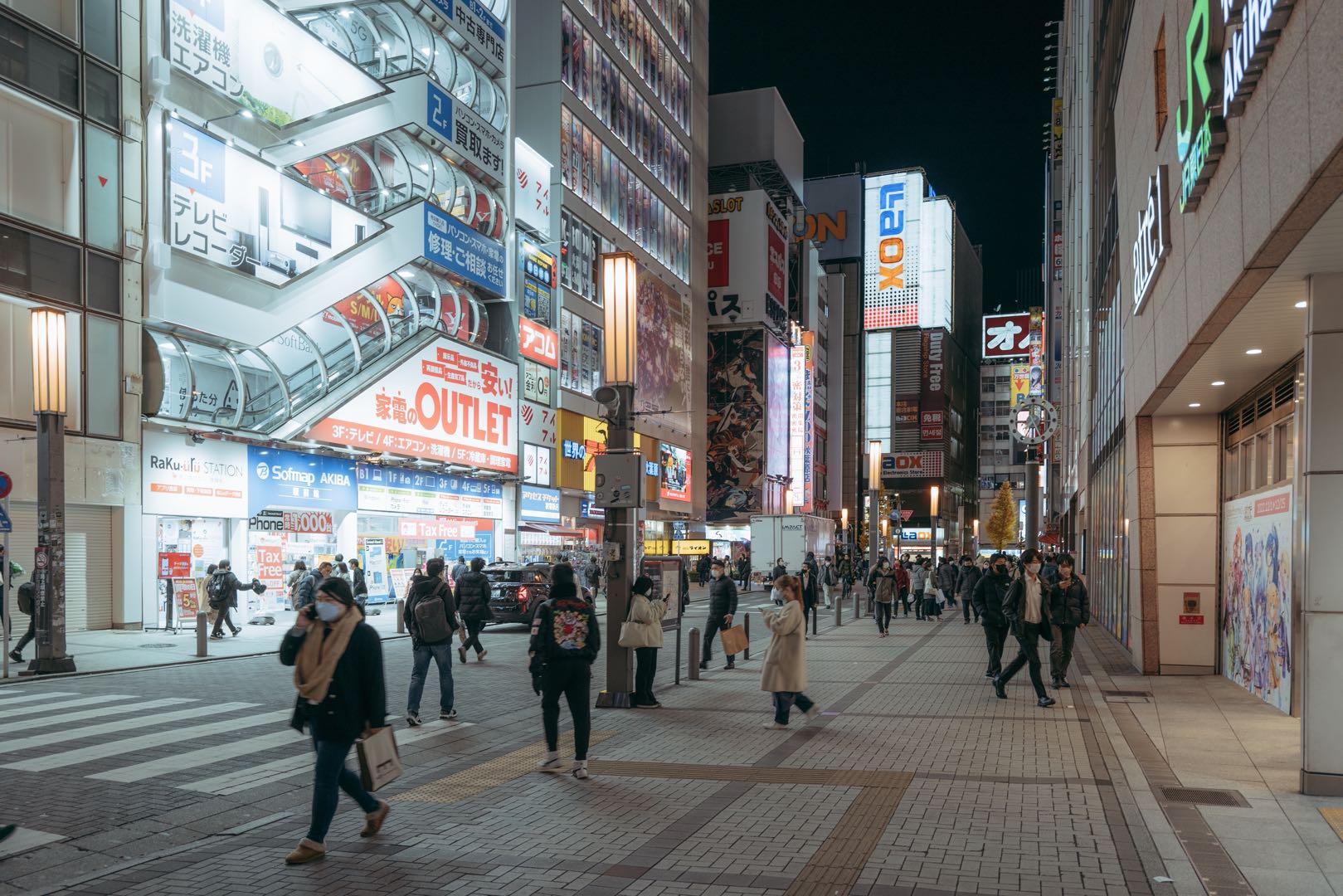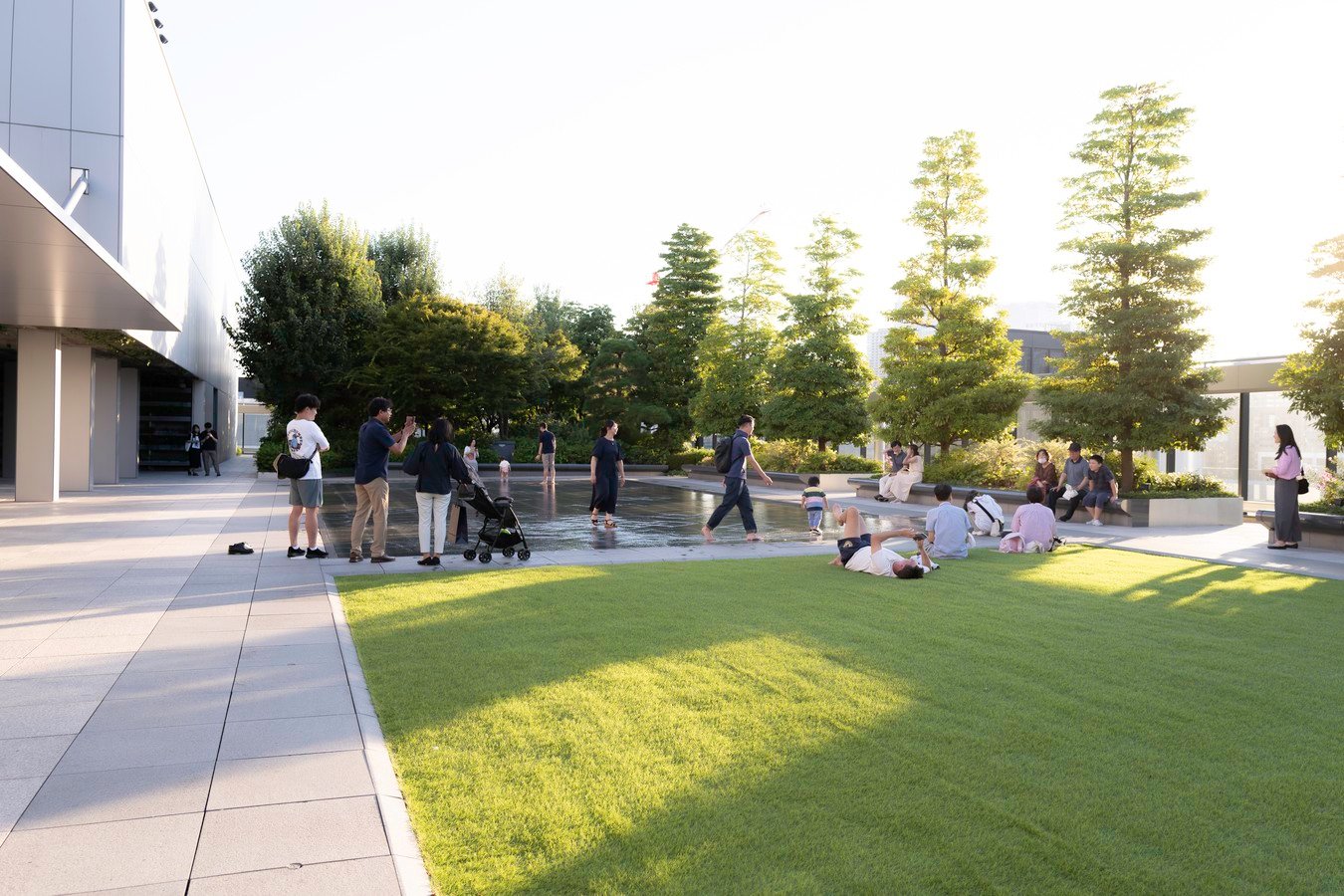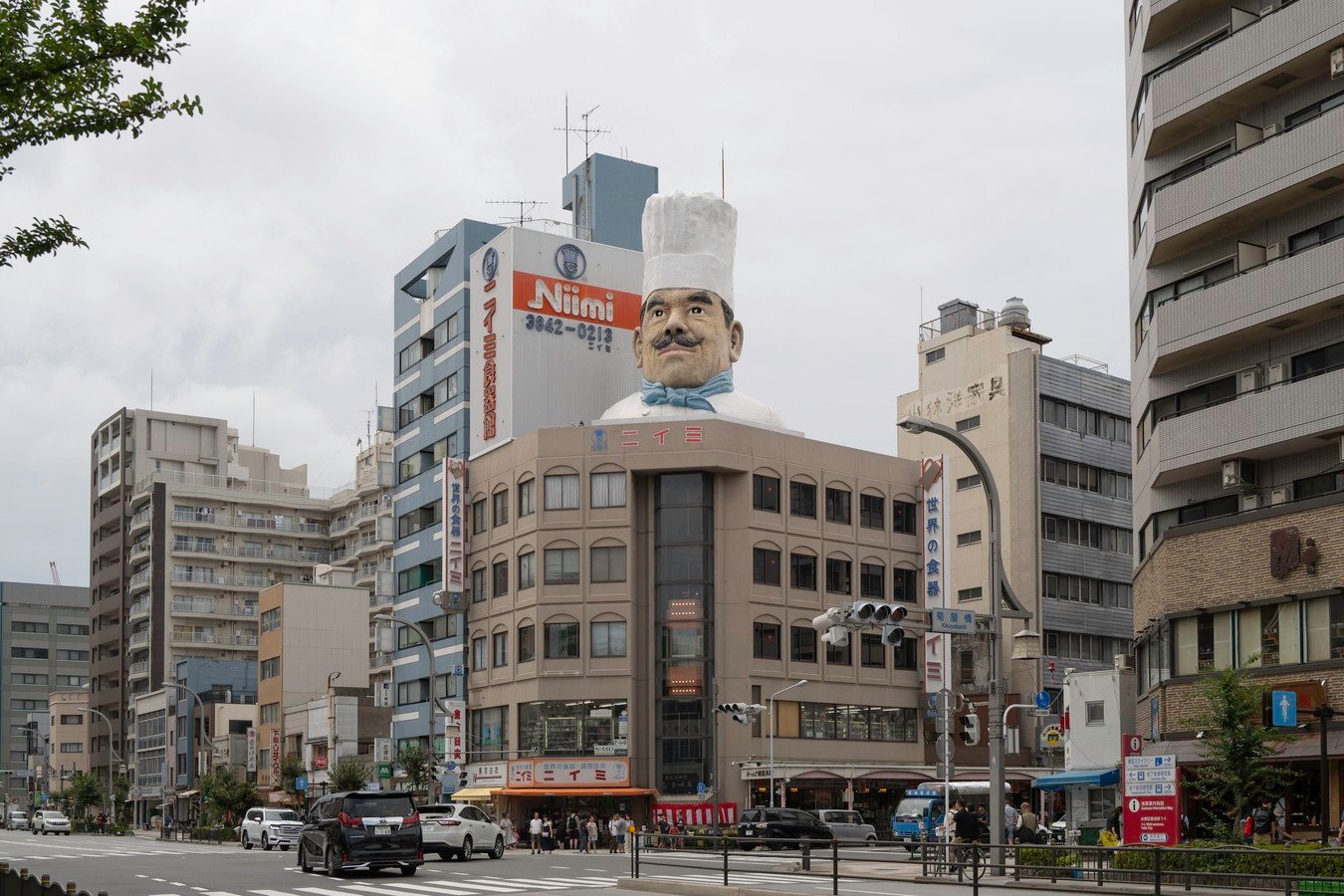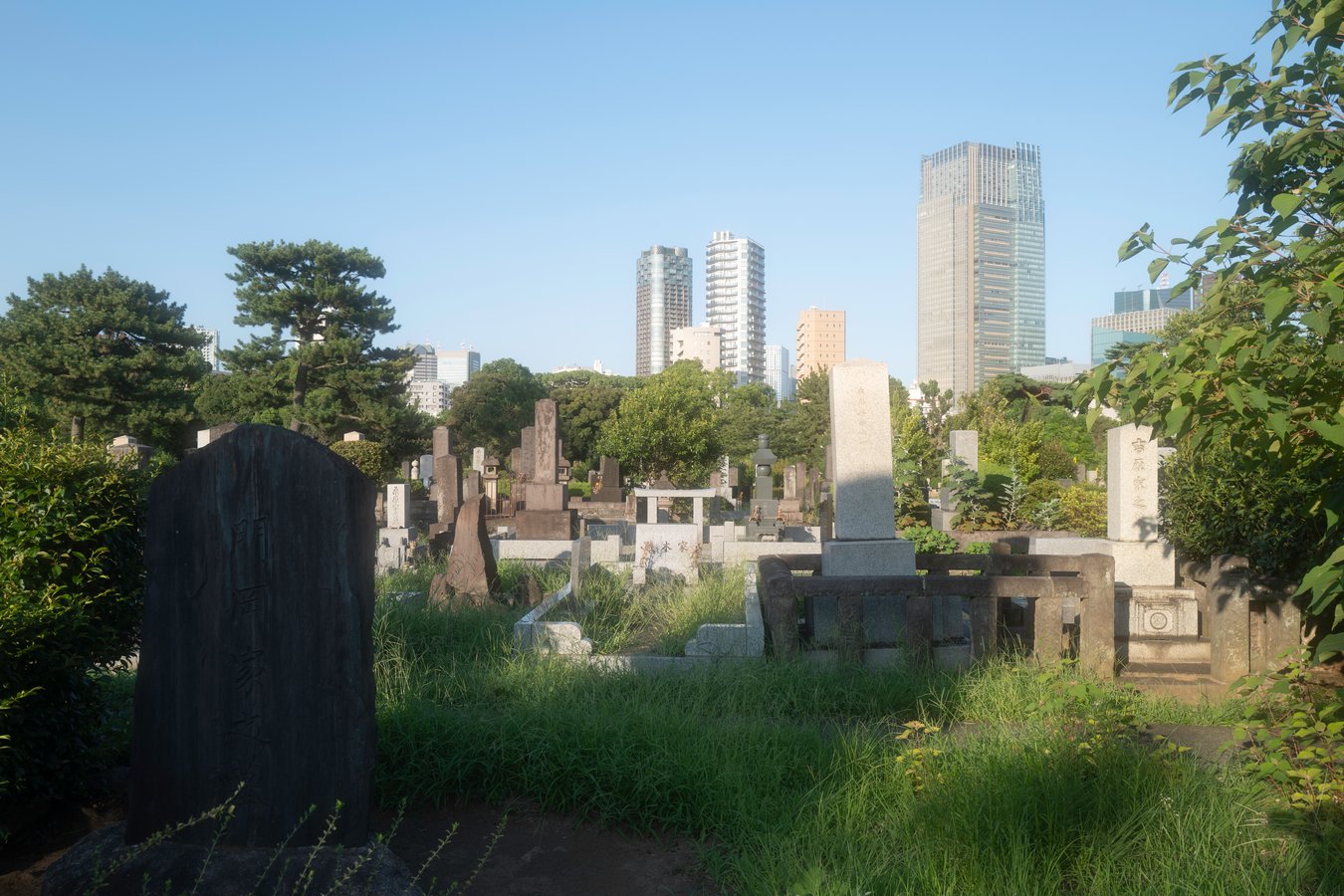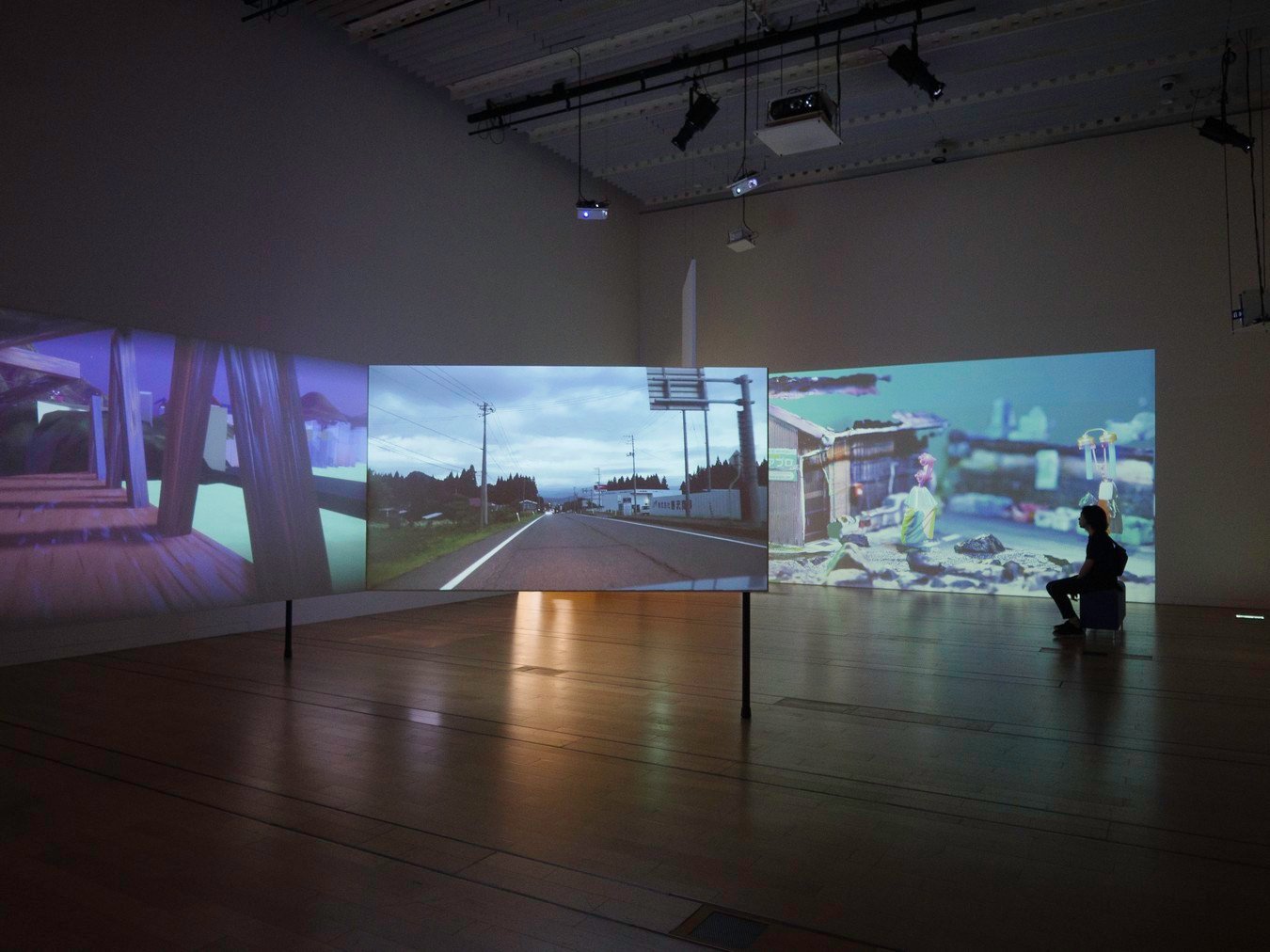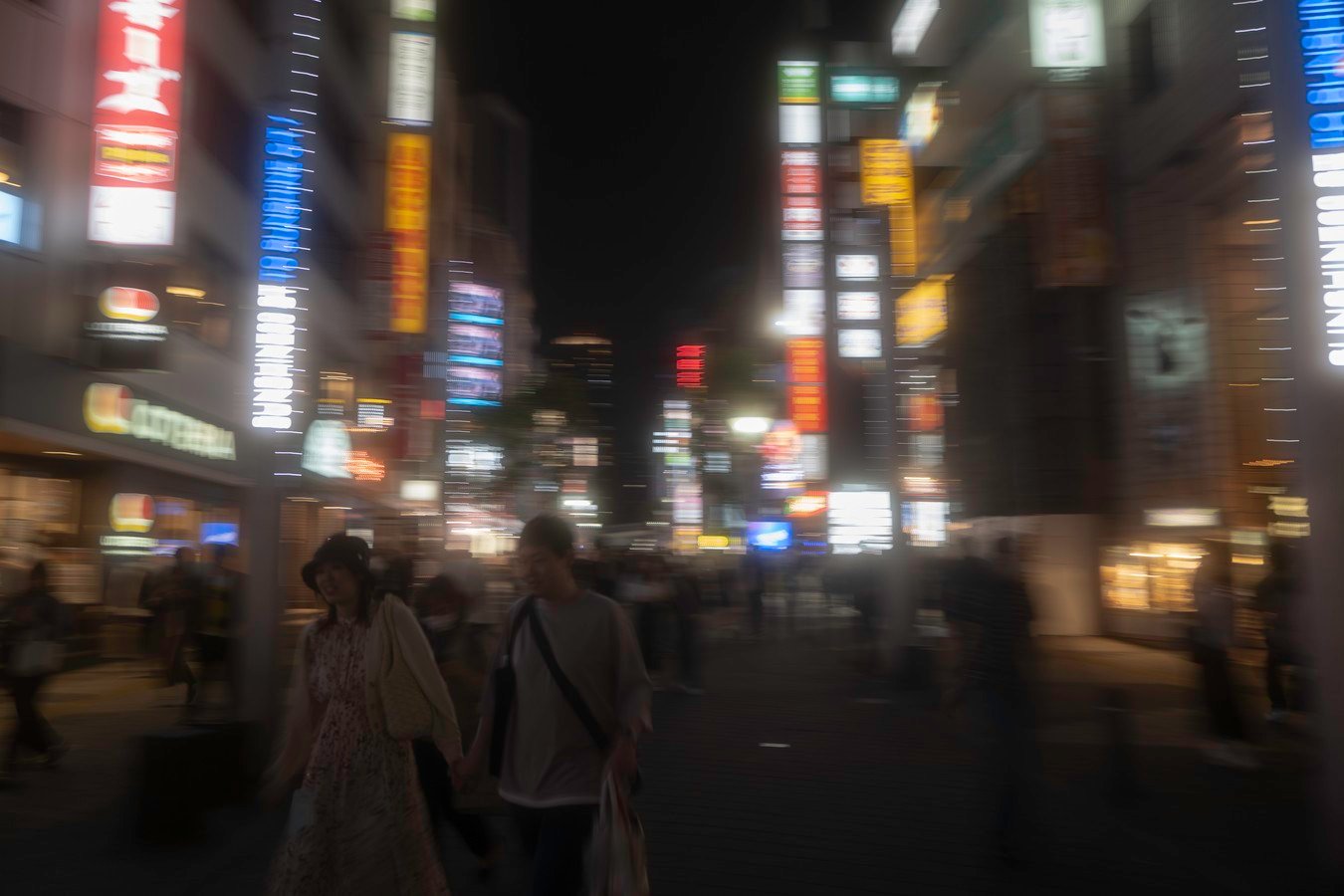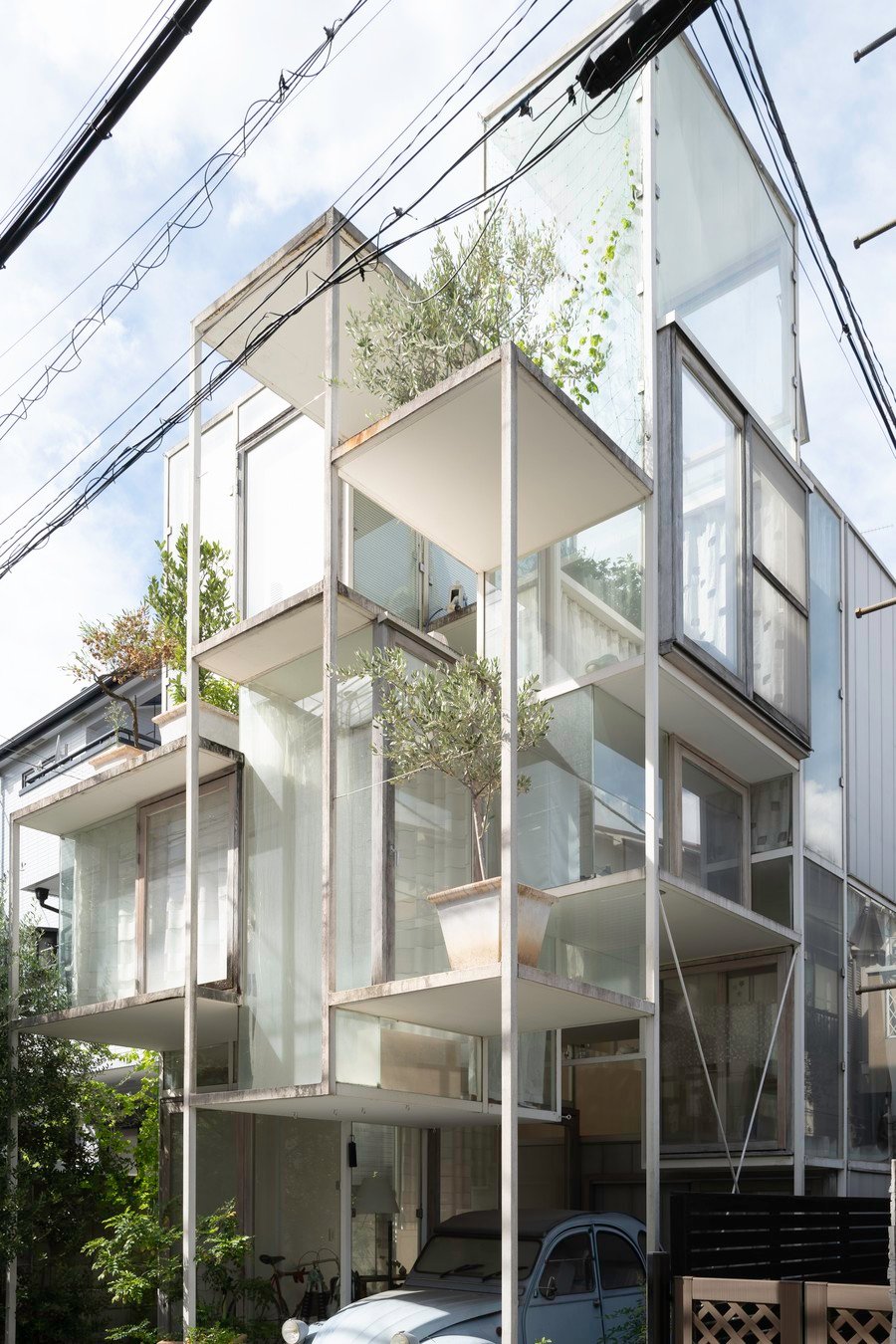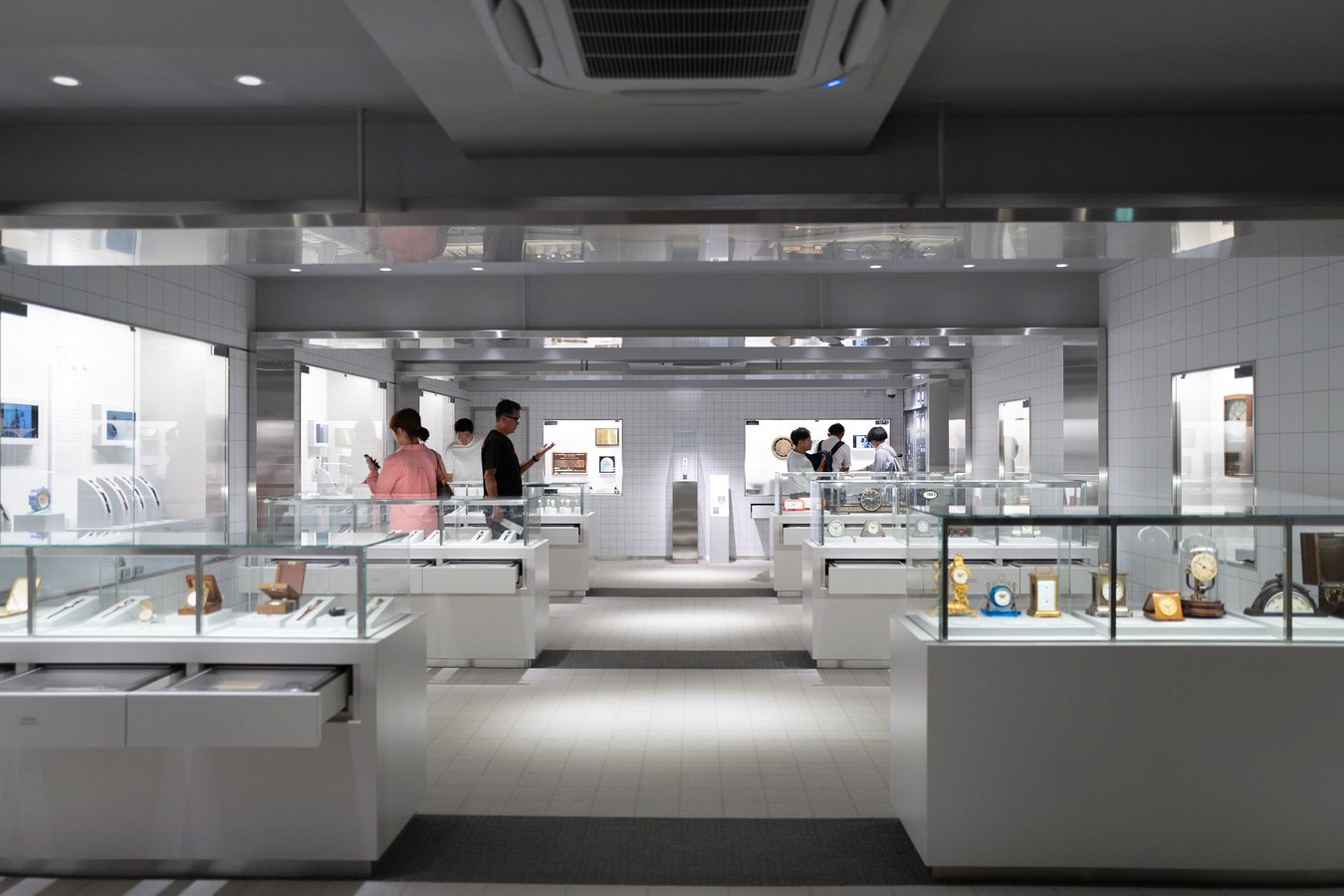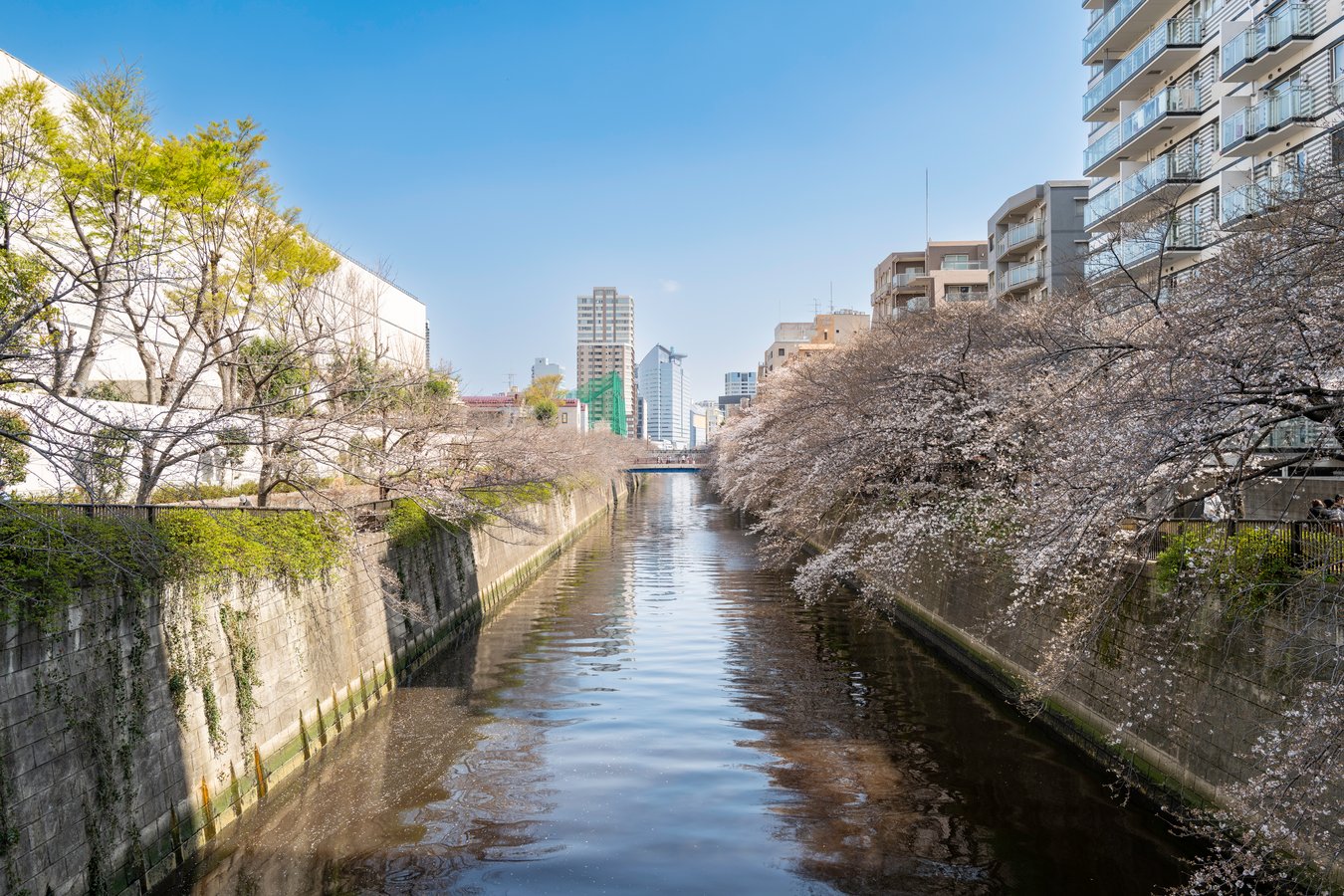Keywords
Akihabara, Tokyo, Electric Town, anime, otaku culture, electronics
Introduction
Akihabara, often referred to as “Akiba,” is a vibrant and bustling district located in Tokyo. Known as Tokyo’s Electric Town, Akihabara is a haven for tech enthusiasts, anime and manga lovers, and fans of Japanese pop culture. With its neon lights, countless shops, and unique atmosphere, Akihabara offers an unforgettable experience for visitors.
Electronic Mecca
Akihabara is renowned for its wide array of electronics shops, ranging from large department stores to small independent retailers. Here, you can find the latest gadgets, computer components, and electronic accessories. Whether you’re a tech-savvy enthusiast or simply interested in exploring the world of electronics, Akihabara is the place to be.
Anime and Otaku Culture
Akihabara is also one of the epicenters of anime and otaku culture in Tokyo. The district is filled with anime-themed shops, manga bookstores, and arcades where you can try your hand at various gaming experiences. Cosplay enthusiasts flock to Akihabara to find costumes and accessories, and the area is known for its maid cafes, where waitresses dressed in maid costumes provide a unique dining experience.
Unique Shopping Experience
In addition to electronics and anime, Akihabara offers a wide range of specialty shops catering to niche interests. From retro video game stores to model kit shops, there is something for everyone. You can find collectibles, character merchandise, and even rare items that are difficult to find anywhere else. Exploring the narrow streets of Akihabara is like stepping into a world of endless possibilities.
Useful Wikipedia Links:
Google Maps Links:
